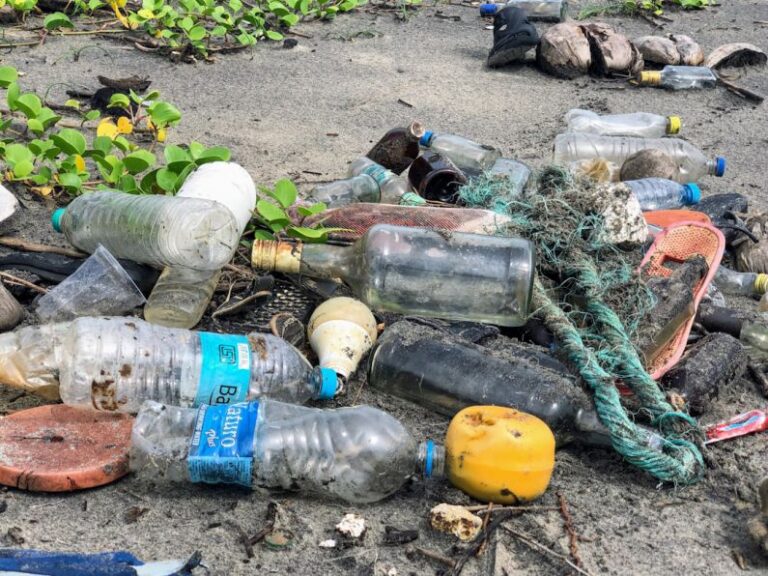
Hamsters are adorable and playful pets that bring joy and companionship to our lives. As responsible pet owners, it is essential to ensure that our furry friends live in a clean and safe environment. One way to maintain a healthy habitat for your hamster is by developing a cleaning schedule for their cage. A regular cleaning routine not only keeps your hamster healthy but also helps in creating a pleasant living space for them. Here are some practical tips on how to develop a cleaning schedule for your hamster’s cage.
Creating a Cleaning Routine
Establishing a cleaning routine is crucial to ensure that your hamster’s cage remains clean and hygienic. It is recommended to clean your hamster’s cage at least once a week to maintain a healthy living environment. However, the frequency of cleaning may vary depending on the size of the cage, the number of hamsters, and the bedding used. Observing your hamster’s behavior and the condition of the cage can help you determine how often cleaning is needed.
Spot Cleaning
Spot cleaning is a quick and easy way to keep your hamster’s cage tidy between regular cleanings. It involves removing any soiled bedding, uneaten food, and waste on a daily basis. Spot cleaning helps prevent the buildup of odor and bacteria in the cage, ensuring a clean and fresh environment for your hamster. Make it a habit to check your hamster’s cage daily and remove any soiled areas promptly.
Deep Cleaning
In addition to spot cleaning, deep cleaning should be done on a weekly basis to maintain a clean and healthy living space for your hamster. Deep cleaning involves removing your hamster from the cage, discarding all bedding, washing the cage thoroughly with a pet-safe cleaner, and replacing the bedding with fresh, clean material. It is essential to clean and disinfect all surfaces of the cage to prevent the spread of bacteria and parasites.
Bedding Maintenance
The type of bedding you use in your hamster’s cage plays a significant role in maintaining cleanliness. Choose a high-quality, dust-free bedding material that is safe for your hamster and easy to clean. Bedding should be changed regularly to prevent odor and bacteria buildup. Consider using a mix of bedding materials such as paper-based bedding, aspen shavings, or recycled paper pellets to provide a comfortable and absorbent environment for your hamster.
Toy and Accessories Cleaning
In addition to cleaning the cage itself, it is essential to regularly clean your hamster’s toys, accessories, and food and water containers. Wash plastic toys and accessories with hot, soapy water, rinse thoroughly, and allow them to dry completely before placing them back in the cage. Replace any damaged or worn-out toys to prevent injury to your hamster. Clean food and water containers daily to ensure that your hamster has access to fresh and clean food and water at all times.
Environmental Enrichment
Creating a stimulating and enriching environment for your hamster is essential for their physical and mental well-being. Consider adding tunnels, hideouts, exercise wheels, and chew toys to your hamster’s cage to keep them active and entertained. Rotate toys and accessories regularly to prevent boredom and encourage exploration. Providing a variety of enrichment activities can help reduce stress and promote a happy and healthy lifestyle for your hamster.
Incorporating a cleaning schedule into your hamster care routine is essential for maintaining a clean and healthy living environment for your furry friend. By following these practical tips on developing a cleaning schedule for your hamster’s cage, you can ensure that your hamster stays happy, healthy, and content in their clean and comfortable habitat. A clean cage not only benefits your hamster’s health but also enhances the bond between you and your beloved pet.





